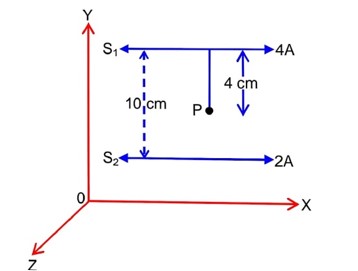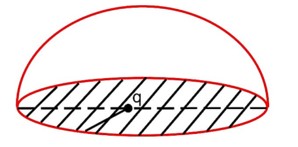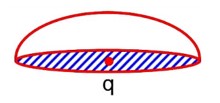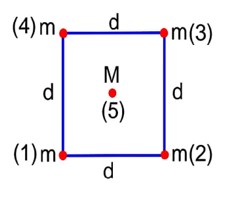Physics NCERT Exemplar Solutions Class 12th Chapter Eight
Get insights from 112 questions on Physics NCERT Exemplar Solutions Class 12th Chapter Eight, answered by students, alumni, and experts. You may also ask and answer any question you like about Physics NCERT Exemplar Solutions Class 12th Chapter Eight
Follow Ask QuestionQuestions
Discussions
Active Users
Followers
New answer posted
4 months agoContributor-Level 10
The EM wave speed in a vacuum is determined by the permeability and permittivity of free space. It is given by the formula:
The constant value is around
This speed forms the basis for many scientific and technological applications. It is a fundamental physical constant.
New answer posted
4 months agoContributor-Level 10
The electric field (E) and magnetic field (B) in an electromagnetic wave are always perpendicular to each other and to the direction of wave propagation. The EM waves are transverse in nature. When the EM waves are moving along the X-axis, then along the y-axis, the electric field may oscillate and the magnetic field along the z-axis.
New answer posted
4 months agoContributor-Level 10
Maxwell introduced the displacement current which ensures that when the conduction current is absent, the current continues in the circuits, such as in the capacitors. The displacement current plays a significant role in the derivation of electromagnetic waves. It shows that an electric field that is changing can produce a magnetic field. In free space, it enables wave propagation.
New answer posted
5 months agoContributor-Level 10
This is a multiple choice answer as classied in NCERT Exemplar
momentum per unit time per unit area = intensity/ speed of wave
= I/c= radiation pressure (p)
Momentum is always double when a light gets reflected back as in that case the momentum which is positive to one side added to momentum which is negative to other side so momentum is always double
So it becomes 2I/c
Taking an Exam? Selecting a College?
Get authentic answers from experts, students and alumni that you won't find anywhere else
Sign Up on ShikshaOn Shiksha, get access to
- 65k Colleges
- 1.2k Exams
- 682k Reviews
- 1800k Answers








